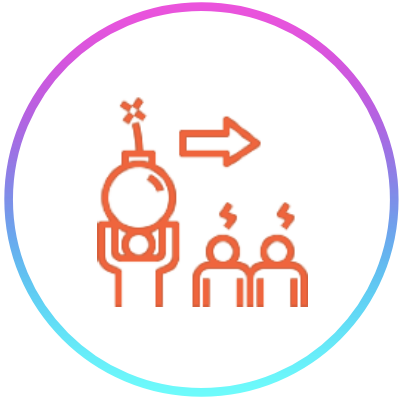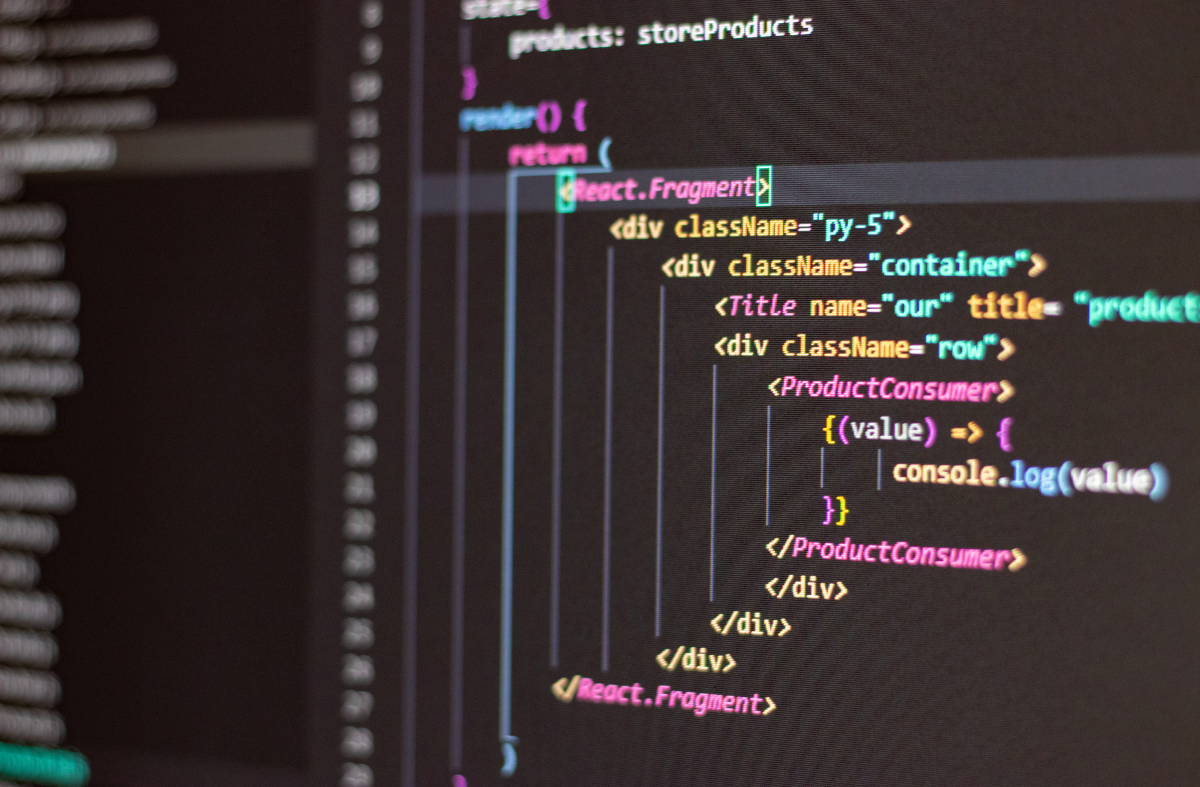SECURE WORKFLOW
Ensures smooth functioning of your organization and increases its efficiency. Organizations frequently use workflow technology to automate their routine business operations.
Only authorised users should be able to access the tasks of the workflow and the resources maintained by them in order for a workflow to be executed securely and correctly.

WHY IS A SECURE WORKFLOW SO NECESSARY?
WHAT SPECS MAKE A WORKFLOW SECURE
- Confidentiality: This refers to unauthorized disclosure of information including the workflow specification, and the workflow instances during its execution .
- Integrity: Refers to the unauthorized modification of information, again including the workflow specification as well as the data manipulated during the execution of a workflow instance.
- Availability: Refers to making the data and resources available to the agents responsible for executing the tasks in a workflow.
- Authentication: refers to the identification of the task execution agents being securely verified.
- Authorization: Refers to enforcing access control to ensure confidentiality and integrity.
- Audit: Refers to recording information about who has performed which actions at what time within the workflow, which can later be analyzed to detect suspicious behavior and misuse of authority.
- Anonymity: Refers to maintaining the agents’ privacy while they execute the process in front of other agents. This might be required, particularly when agents who have conflicts of interest perform several jobs inside a workflow.
- Separation of duties: These are additional constraints associated with the workflow to reduce the risk of fraud.
“A SECURE WORKFLOW MAKES AN ORGANIZATION LESS SUSCEPTIBLE TO ERRORS”/BENEFITS
- Managing complex processes isn’t as difficult as it was earlier. By supplying real time and accurate information, a secure workflow makes managing complex processes look easy.
- Ensuring confidentiality and integrity is successful in a secure workflow.
- One can come to know who has performed what action at what time within the workflow and hence action can be taken later incase of any suspicious activity.
TYPES OF WORKFLOWS
- PROCESS WORKFLOW:
When a set of jobs is predictable and repeatable, a process workflow occurs.
This means that you are aware of the exact path an item should travel before it enters the workflow. - CASE WORKFLOW:
In a case workflow, the route needed to do the task is unknown at first. More information is obtained, and the way becomes clearer. - PROJECT WORKFLOW:
Similar to procedures, projects follow a structured path, however there may be more flexibility along the way.
Consider making a new version of your website available. The order in which the various tasks must be completed to finish the project can be predicted rather accurately.
QUERY
frequently asked questions
- This can be accomplished by synchronizing the access control with the specified control flow dependencies among tasks. Without such synchronization, a user may still hold privileges to execute a task even after its completion, which may have adverse effects on security.



























